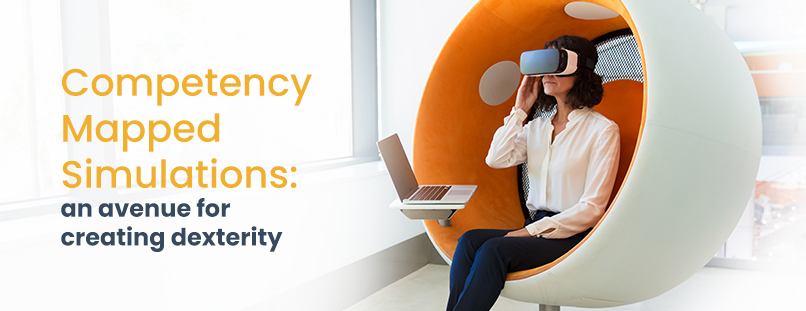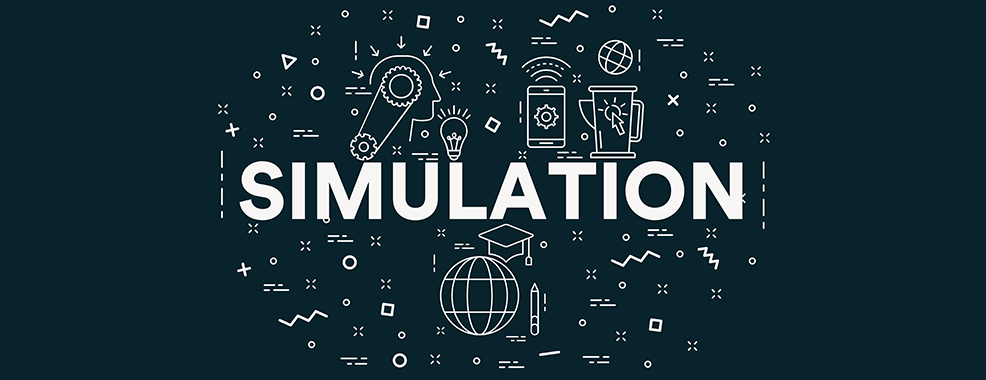Competency mapping is becoming more prevalent, popular, and widely known. Companies have become more aware of the necessity for competent personnel. They are establishing unique competencies for each department to adapt to the dynamic global economy in today’s fast-changing business environment.
Organizations want a quick and consistent workforce in terms of talent. As a result, competence mapping is involved in the collection and accumulation of information on the right talent at multiple levels in an organization. Defining and establishing an organization’s competencies improves performance management, employee recognition, and succession planning. Moreover, it is also proving to be a strategic framework for measuring performance. Before we understand its importance, let us talk about what competency mapping is.
What is competency mapping?
The process of identifying, evaluating, and achieving ideal coordination among employees’ competencies and organizational requirements is known as competency mapping. Competency mapping highlights a person’s strengths and weaknesses to assist them in better understanding themselves and choosing where their professional development efforts should be focused. It also involves the growth and sustainability of competencies in response to changing organizational needs.
Competency mapping raises your understanding of current skills and skill shortages in the company from the employer’s point of view. This assists in making appropriate judgments about:
- establishing the scope of work for new open job positions and existing roles
- aligning your existing workers’ knowledge and learning with the competencies you need
- hiring employees with the necessary skill sets
Importance of competency mapping for an organization
Competency mapping ensures that the organizations maintain their competitive advantage, effectiveness, and efficiency. It promotes an objective degree of communication between management and employees. Managers are better equipped to objectively assess performance and communicate to staff exactly what is required for success. Employees have a better knowledge of their role’s requirements. Competency-based training allows individuals to broaden their present talents and creates a clear route for acquiring new skills through cross-training and progressing up the corporate ladder.
Competency mapping may also aid a firm by mapping essential competencies to abilities that potential workers already have. Incorporating core and job-specific abilities into job postings gives a realistic framework for assessing applications and eliminating unqualified individuals. By allowing recruiting professionals to bring in just those applicants who currently possess or are well on their path to possessing key competency needs, competency mapping can help minimize the time it takes to hire and reduce training needs.
Where do you use competency mapping?
Companies that attract and keep the finest employees utilize a common knowledge and understanding of competencies to guide their decisions, including hiring, training, and career development. Some of the critical areas in the business where this understanding is used are:
Hiring and recruitment: When recruiting, evaluate individuals based on their current competencies and map them against required competencies. Defining your company’s competencies provides an objective scale to pick who to recruit and who not to recruit. Explain the anticipated performance for each competency clearly to each prospective candidate to find the best match for the job profile.
Training and development: L&D departments in the businesses need to create personalized training programs and provide tailored learning experiences for their employees by integrating social interventions and digital learning. After conducting a thorough competency mapping, L&D needs to design and structure employees’ learning paths based on their identified competencies to achieve the desired competencies.
Performance evaluations and appraisals: Through management evaluations, competency mapping, assessments, and 360-degree feedback, analyze and understand the individual workers’ skill levels in each competency and convey the outcomes regarding their current and required competency level to each employee.
Professional growth: After the competency mapping process is completed, the resulting skill level for each competency should be the primary criteria to judge and decide the next steps for career advancement and development. It is essential to ensure that all employees know and have the same understanding of the skill level required in each competency in order to progress to the next level.
Conclusion:
Building and acquiring competencies through competency mapping is one of the most effective methods of determining an individual’s work and behavioral competencies in an organization. It has the potential to be an excellent tool if utilized appropriately and tailored to the dynamics of the company. It may assist organizations in developing a targeted approach to performance management, staff training and development, succession management processes, well-defined career pathways, and so on. Having the appropriate people in the proper roles will boost efficiency and directly influence organizational growth.






























